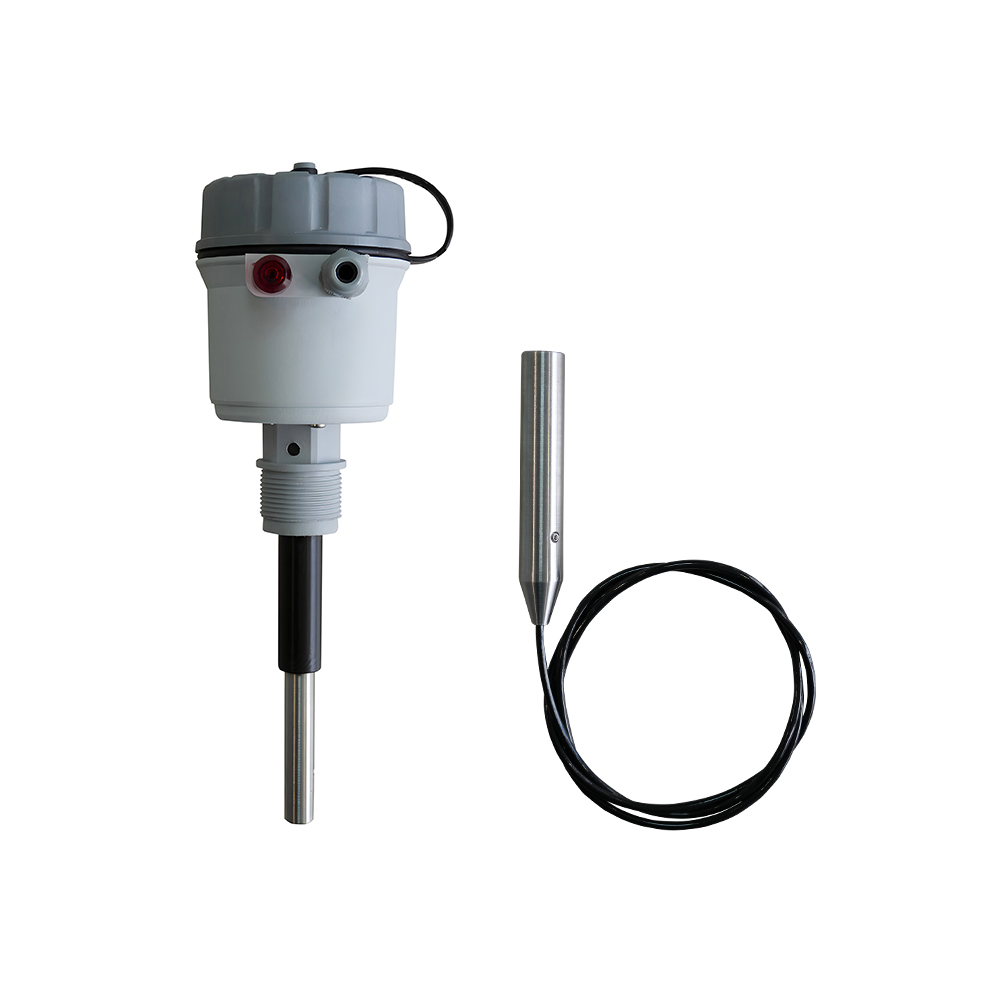Your cart is currently empty!
Capacitance Level Sensor
Capacitance sensors measure the change in capacitance when the sensor probe comes into contact with the material. The change in capacitance is proportional to the level of the material. Capacitance sensors are suitable for detecting the level of both solid and liquid materials.
The capacitance between the probe and the vessel wall changes as the level of the material changes. When the material level is below the probe, the capacitance is relatively low. As the material level rises and comes into contact with the probe, the capacitance increases due to the change in dielectric constant between the material and the air.
Capacitance Level Sensors are suitable for measuring the level of both liquid and solid materials, including grains, powders, and granular substances. They can be used in various types of storage vessels, such as silos, tanks, hoppers, and bins.
These sensors offer benefits such as continuous level measurement, high accuracy, and reliability. They are capable of detecting both high and low-level conditions and can provide real-time monitoring and control of the material inventory.
Capacitance Level Sensors can be configured with different probe designs, lengths, and materials to suit the specific requirements of the application. Some sensors offer additional features such as temperature compensation, built-in diagnostics, and advanced signal processing algorithms to enhance performance and reduce false readings caused by factors like material buildup or coating on the probe.
It’s important to consider the material properties, vessel geometry, and environmental conditions when selecting and installing Capacitance Level Sensors to ensure accurate and reliable level measurement. Additionally, proper calibration and regular maintenance are necessary to maintain optimal sensor performance over time.
